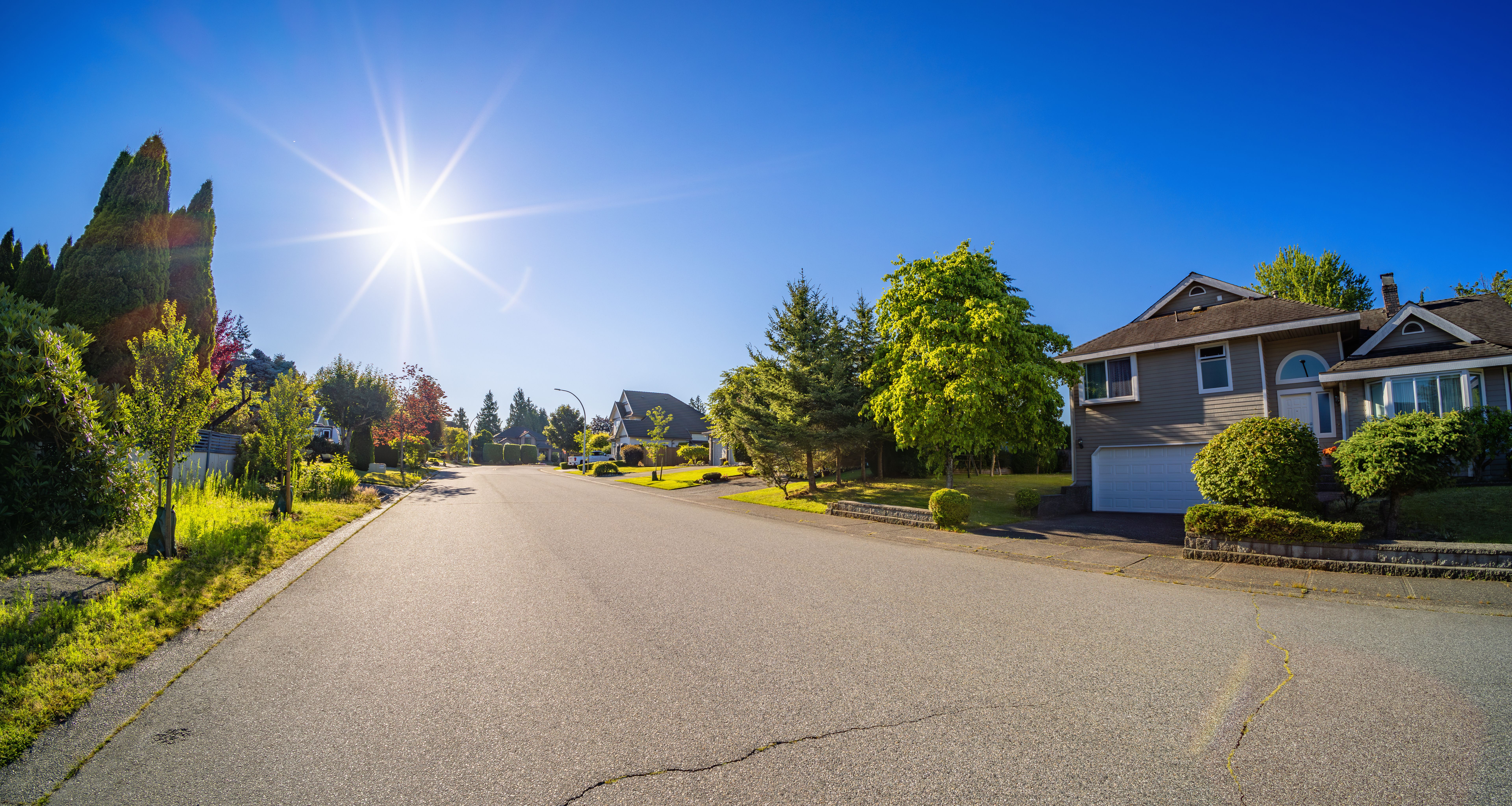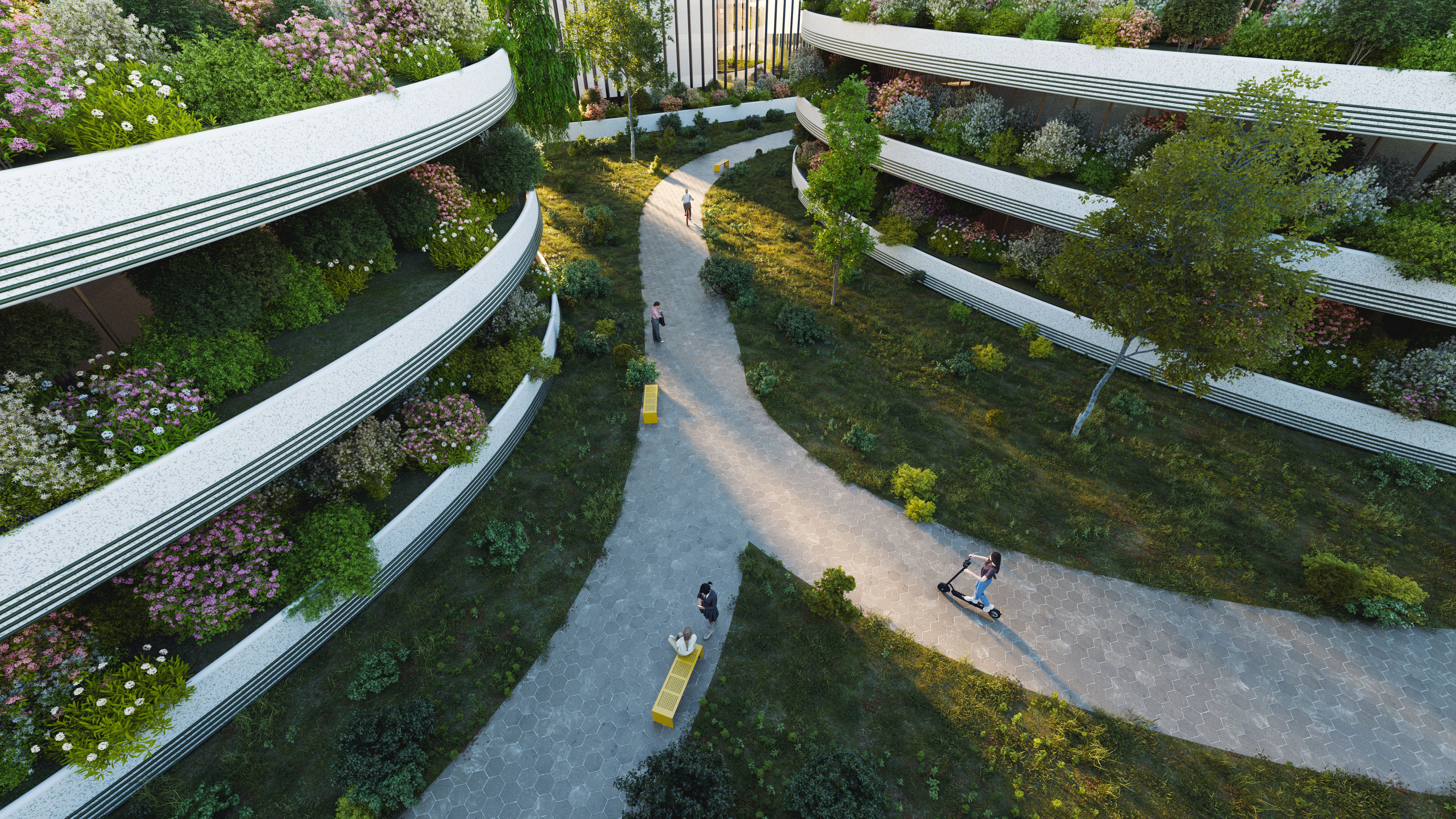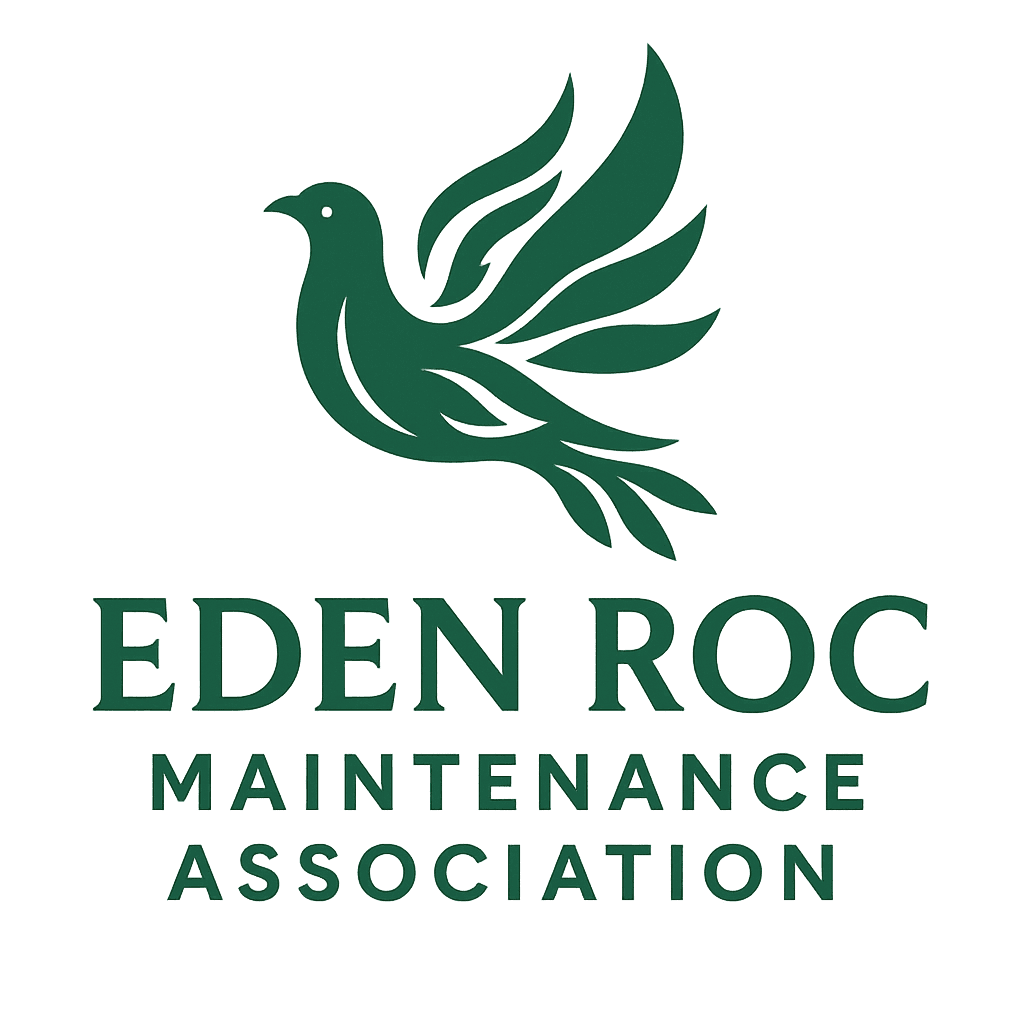Understanding Rezoning in San Antonio: Impact on Neighborhoods
Understanding Rezoning in San Antonio
Rezoning is a powerful planning tool that can change the landscape of a community, both physically and socially. If you live in San Antonio and have heard about land in your area being rezoned from R-6 (single-family residential) to MF-6, MF-17, or MF-18 (multi-family residential), it’s important to understand what that means—and what you can do as a resident, whether you support or oppose the change.

What Do the Zoning Codes Mean?
| Zoning Code | Density (units per acre) | Typical Uses |
|---|---|---|
| R-6 | ~6,000 sq ft lots | Detached single-family homes only |
| MF-6 | Up to 6 units per acre | Duplexes, triplexes, fourplexes |
| MF-17 / MF-18 | 17–18 units per acre | Garden-style apartments, mid-size multifamily buildings |
Rezoning from R-6 to MF-6 allows for small-scale multifamily use, such as duplexes or triplexes. MF-17 and MF-18 zoning allows for significantly more density and often includes apartment buildings with shared green space and parking.
How the Rezoning Process Works in San Antonio
- Pre-Application Research: A developer consults the City of San Antonio’s Development Services Department (DSD) to determine if a zoning change aligns with the city’s long-term land use plans.
- Submit Zoning Change Application: The developer files a formal request to rezone the parcel.
- Public Notification: Property owners within 200 feet are notified by mail. The neighborhood association (if applicable) is also informed.
- Zoning Commission Hearing: Public hearing where neighbors may voice support or concerns.
- City Council Hearing & Vote: Council members make the final decision based on public feedback, staff recommendations, and city plans.
A typical rezoning can take 3–6 months depending on complexity.

Real Examples: R-6 to MF-18 in San Antonio
In recent years, several areas in San Antonio have been rezoned from R-6 to MF-18. For example:
- Northwest San Antonio: Multifamily development sites near major corridors (like Bandera Rd or Culebra Rd) have been rezoned to MF-18 to allow new apartment communities.
- Eastside Near Downtown: Properties originally zoned R-6 were converted to MF-18 to support infill housing and workforce apartment complexes.

These rezonings are usually approved when infrastructure and transportation corridors can support increased density.
Sources:
Multifamily Development Site - MMG Real Estate
Zoning Case Documents - City of San Antonio
Positive Outcomes of Rezoning
- Expanded Housing Options: More density means more units, which can help meet housing demand.
- Affordability: Multifamily housing can offer more affordable rent options compared to single-family homes.
- Better Use of Land: Especially near transit corridors or underutilized parcels.
- Increased Tax Base: More residents per acre means higher property tax revenue for city improvements.
Common Concerns from Residents
- Traffic Congestion: More units mean more cars, increasing demand on local roads.
- Strain on Schools and Services: Nearby public facilities may become overcrowded if not expanded.
- Change in Neighborhood Character: Residents may feel their quiet, single-family environment is being disrupted.
- Parking & Drainage: High-density developments can stress stormwater systems and reduce available street parking.
While new developments can bring economic opportunities and improved infrastructure, they can also displace long-time residents and businesses.
Community Involvement
Community involvement is key in ensuring that rezoning decisions reflect the needs and desires of local residents. San Antonio offers various platforms for citizens to engage in the rezoning process, including public hearings, community meetings, and online forums. Engaging with local neighborhood associations can also provide valuable insights and amplify community voices.
Residents are encouraged to stay informed by regularly checking updates from the city’s Planning Department and participating in discussions about proposed zoning changes. Active participation not only helps shape the future of their communities but also fosters a sense of ownership and responsibility.
If You Support the Rezoning:
- Attend public hearings and speak in favor.
Submit written comments or petitions of support to your Councilperson. - Ask the developer to commit to neighborhood-friendly designs (green space, setbacks, etc.).
If You Oppose the Rezoning:
- Organize as a neighborhood: Share information, attend hearings, and submit coordinated letters.
- Ask for a lower density compromise (e.g., MF-6 instead of MF-18).
- Point to infrastructure or school limitations that may not support higher density.
- Submit a petition or hire a planner to present community data at hearings.

Conclusion
Understanding rezoning in San Antonio is essential for anyone interested in the city's development and community welfare. While rezoning presents both opportunities and challenges, informed and active participation from residents can help ensure that changes benefit all members of the community. By staying engaged, residents can contribute to shaping a vibrant and sustainable future for San Antonio.
